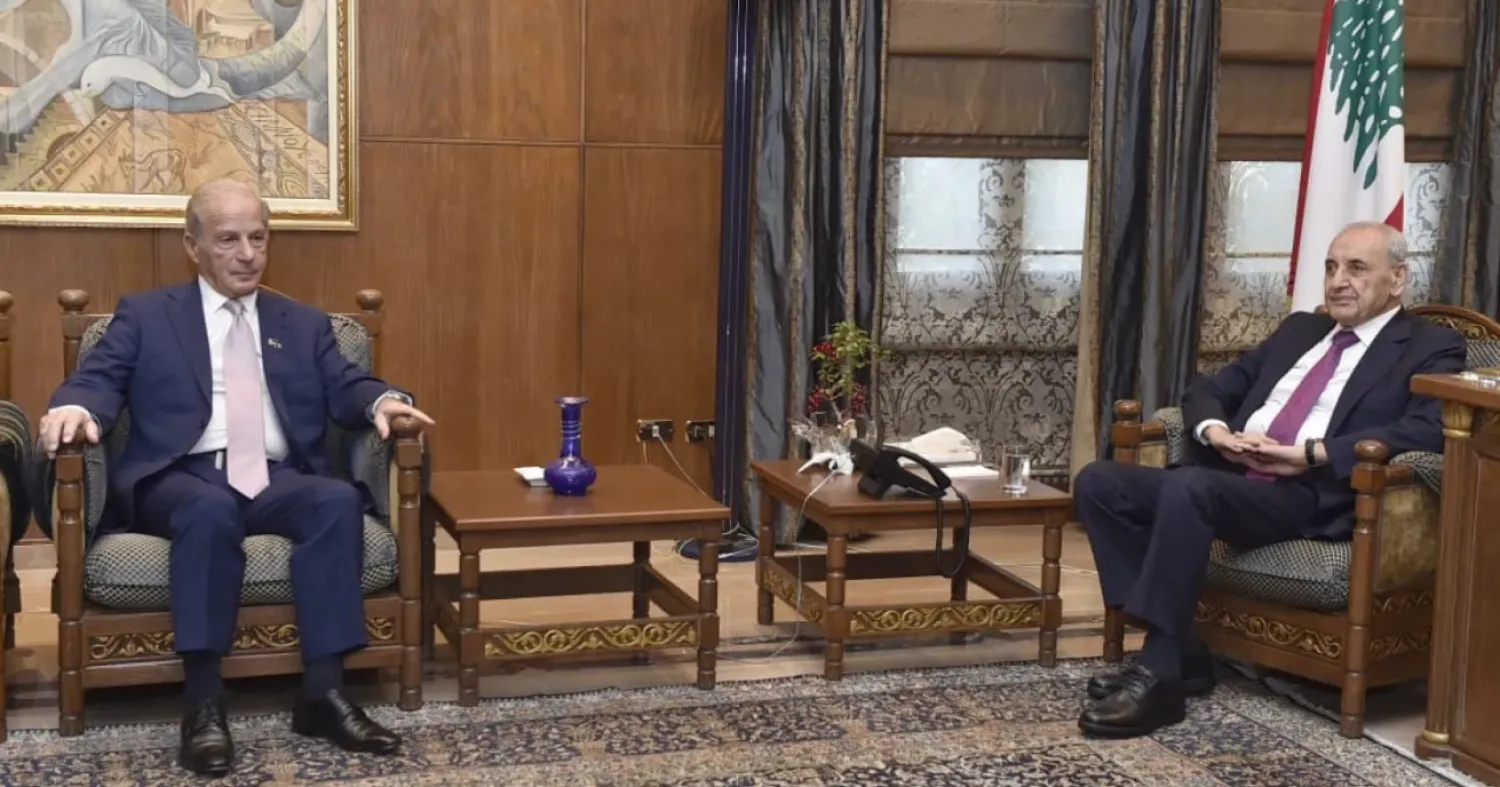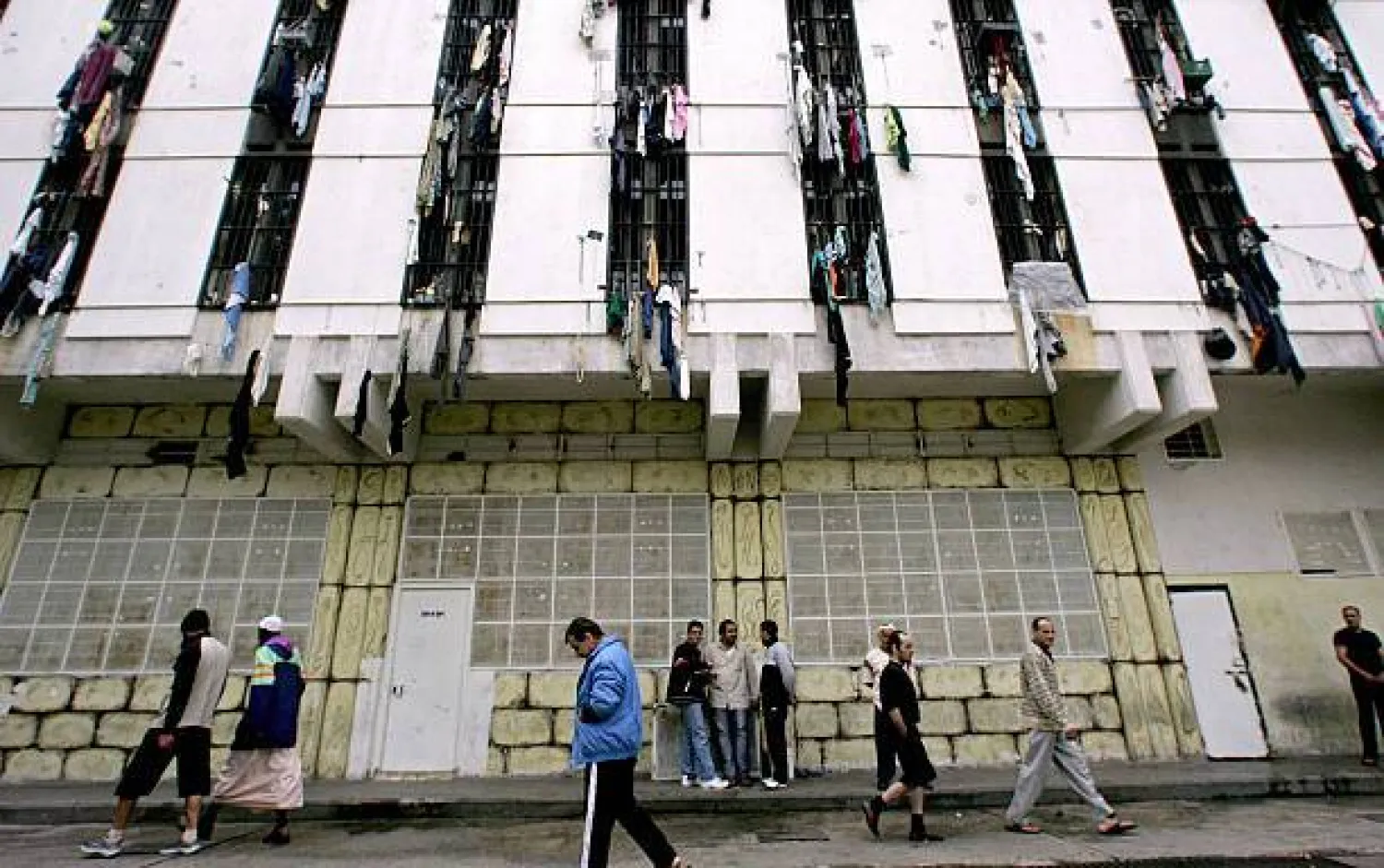Israeli Prime Minister Benjamin Netanyahu vowed to retake control of the Gaza Strip's border with Egypt, expanding Israel's mission to neutralize Hamas in a conflict it says it expects to last for months.
"The war is at its height," Netanyahu told reporters on Saturday of the fighting since Oct. 7 when the Palestinian militant group Hamas and its allies infiltrated Israel, killing 1,200 people and capturing 240 hostages.
He said the Philadelphi Corridor buffer zone that runs along Gaza's border with Egypt must be in Israeli hands.
"It must be shut," Reuters quoted Netanyahu.
"It is clear that any other arrangement would not ensure the demilitarization that we seek."
He did not elaborate, but such a move by Israel would be a de facto reversal of its 2005 withdrawal from Gaza, placing the enclave under exclusive Israeli control after years being run by Hamas.
Netanyahu's comments about the buffer zone came as Israeli military forces pressed ahead with an offensive that the prime minister reiterated will last "for many more months."
Following Hamas' surprise October incursion, Israel launched a full-scale attack in Gaza, displacing nearly all its 2.3 million residents and killing at least 21,672 Palestinians, according to health authorities in Gaza, with more than 56,000 injured and thousands more feared dead under the rubble.
Residents and medics said Saturday's fighting was focused in al-Bureij, Nuseirat, Maghazi and Khan Younis in central and southern Gaza.
Hamas media reported on Saturday that Abdel-Fattah Maali, a senior member of the group's armed wing, was killed in an Israeli strike in Gaza. It said Maali, originally from the West Bank, was freed during a 2011 prisoner swap and expelled to Gaza. The reports did not specify when he was killed.
Israel says 172 of its military personnel have been killed in the Gaza fighting.
The conflict has sparked concerns it could spread across the region, potentially involving Iran-backed groups in Lebanon, Iraq, Syria and Yemen that have exchanged fire with Israel and its US ally, or targeted merchant shipping.
Israel cited progress in destroying Hamas infrastructure, including a tunnel complex in the basement of one of the houses of the Hamas leader for Gaza, Yahya Sinwar, in Gaza City. Troops also raided the Hamas military intelligence headquarters and an Islamic Jihad command center in Khan Younis, and destroyed targets including a weapons foundry, a military statement said.
Hamas and Islamic Jihad - both sworn to Israel's destruction - issued statements saying their fighters destroyed and damaged several Israeli tanks and troop carriers in attacks across Gaza on Saturday. They also said they fired mortars against Israeli forces in Khan Younis and Al-Bureij as well as in northern Gaza.
Washington has pressed Israel, so far unsuccessfully, to scale down the war by moving to targeted operations against Hamas leaders, and end what President Joe Biden has described as "indiscriminate shelling." Israel has vowed to destroy Hamas, and says the militant group puts civilians in danger by using them as human shields. Hamas denies it.









